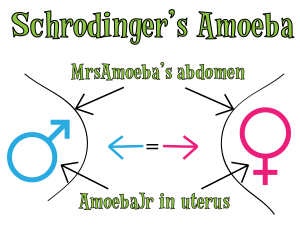This is a serious problem in America. This isn’t about mass farming versus local farming. This isn’t about organic versus traditional.
I could go on for days and days about those topics.
But this isn’t about that.
This about kids being so out of touch with food; so removed from the entire process.
It doesn’t matter if you work minimum wage for your entire career. It doesn’t matter if you have a personal chef. Everyone in this country, regardless of education, economic status, or anything else–everyone, should know how to identify the ingredients their food. They should know what they look like, where they come from, and how to cook them a differently.
I’m not saying no processed foods ever. I’m not saying if you can’t pronounce don’t eat it (I have a minor in chemistry, you’d be surprised what I can pronounce). What I’m saying is there are sometimes foods and their are everyday foods.
You, and your kids, should know what everyday foods look like, how to cook them, how to buy them, and mostly, you should be eating them.
Watch this video from TEDPrize winner Jamie Oliver and when the kids don’t know what a tomato is, you should either be horrified or disgusted. Personally, I was both.
Filed under: Not Necessarily Science, Parenting, Teaching, Today's Science | Tagged: Cooking, Farming, Fruit, Jamie Oliver, Processed Foods, Vegetables | 1 Comment »









